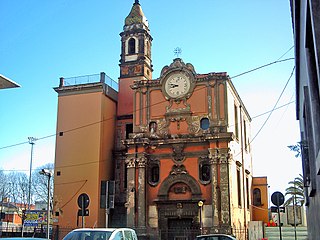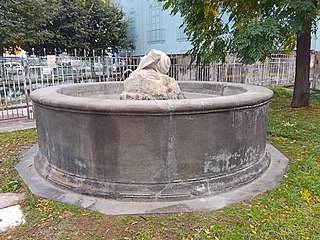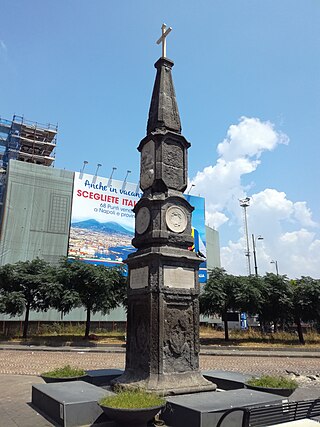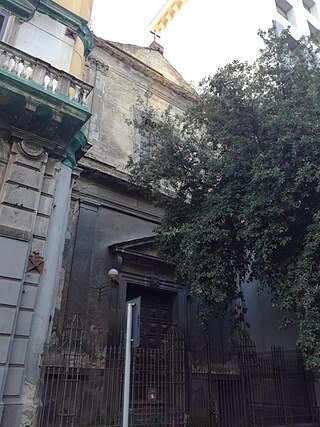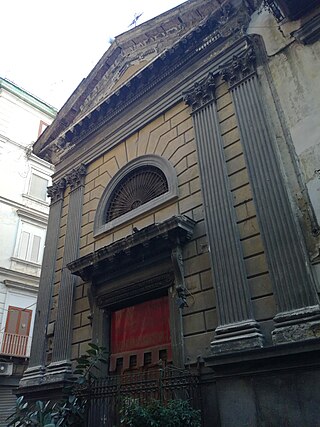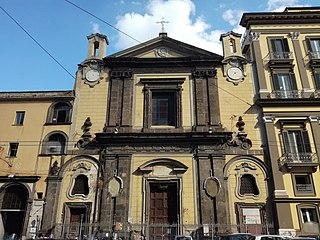Self-guided Sightseeing Tour #1 in Naples, Italy
Legend
Guided Free Walking Tours
Book free guided walking tours in Naples.
Guided Sightseeing Tours
Book guided sightseeing tours and activities in Naples.
Tour Facts
0.7 km
12 m
Experience Naples in Italy in a whole new way with our free self-guided sightseeing tour. This site not only offers you practical information and insider tips, but also a rich variety of activities and sights you shouldn't miss. Whether you love art and culture, want to explore historical sites or simply want to experience the vibrant atmosphere of a lively city - you'll find everything you need for your personal adventure here.
Activities in NaplesIndividual Sights in NaplesSight 1: Chiesa di Santa Maria di Portosalvo
Santa Maria di Portosalvo or Santa Maria fuori le mura is a former Roman Catholic church in Naples, Italy. It is situated on via Alcide De Gasperi, at the start of via Marina, near the harbour and outside the city walls.
Sight 2: Fontana della Maruzza
The Maruzza fountain is a fountain in Naples located in the gardens of the church of Santa Maria di Portosalvo.
Sight 3: Obelisco di Portosalvo
The Portosalvo Obelisk is an obelisk in Naples, located in Via Alcide De Gasperi, next to the church of Santa Maria di Portosalvo. It is one of the last obelisks to have been erected in chronological order in the city.
Sight 4: Chiesa di San Giacomo degli Italiani
San Giacomo degli Italiani is a church located on Via Depretis in Naples, Italy.
Sight 5: Chiesa di Santa Barbara dei Marinai
The church of Saint Barbara of the Gunners or Santa Barbara dei Cannonieri e dei Marinai is a small religious edifice in central Naples, Italy. It is located on Rua Catalana, near the church of San Giacomo degli Italiani. The church embedded in the Castel Nuovo of Naples, has also been called Santa Barbara.
Sight 6: Chiesa di San Diego all'Ospedaletto
San Diego all'Ospedaletto, also known as San Giuseppe Maggiore, is a Baroque-style church located on via Medina in the rione Carità in Naples, Italy. It is located across the street from the tall modern NH Ambassador Hotel and diagonal from the Palazzo Giordano and Questura.
Share
How likely are you to recommend us?
Disclaimer Please be aware of your surroundings and do not enter private property. We are not liable for any damages that occur during the tours.
GPX-Download For navigation apps and GPS devices you can download the tour as a GPX file.
